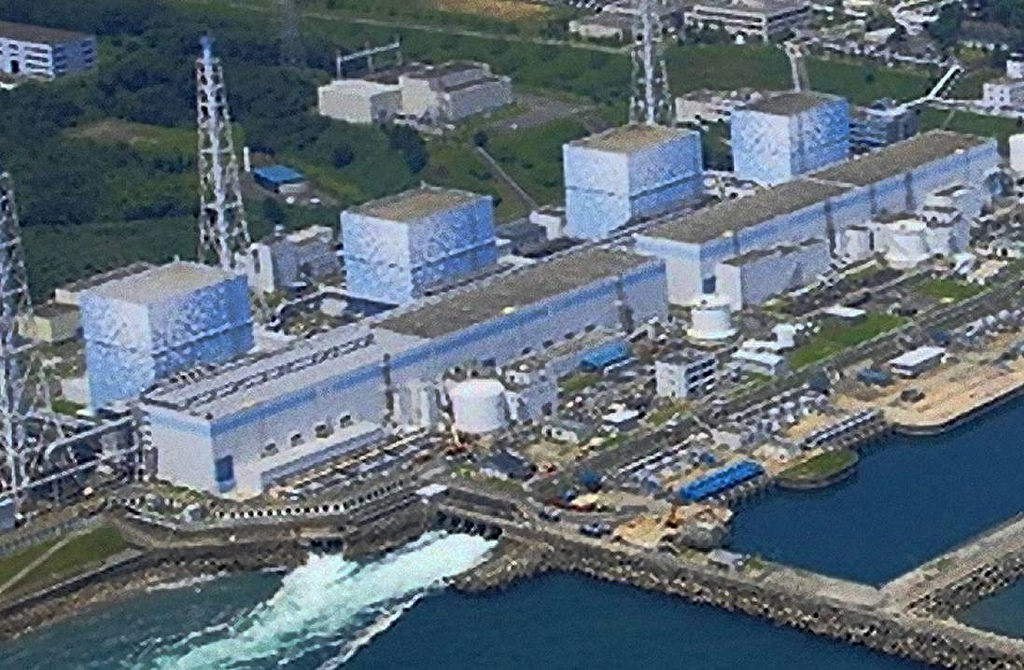

"Assistant Secretary (of State) Kurt Campbell suggested that things could become catastrophic if we didn't move faster. Image: Fukuyama Tetsuro, former Deputy Chief Cabinet Secretary speaking to NHK I think it was inevitable that the US would take the view that Japan was hiding something from the US," he explains. "The US thought that there will be a meltdown, and was wondering why the Japanese side wouldn't say or admit to it. Now, there were assurances in the beginning that everything's fine, but I think they believed that.''įukuyama believes that the difference in assessment surrounding the meltdown was the beginning of America's distrust of the information Japan was providing. So I don't think that was going through our heads. Roos says: "I mean, the American side clearly understood the urgency, but I don't think we ever thought that the Japanese did not appreciate the urgency. In Japan, the government was not explicitly stating the possibility of a meltdown, as plant operator Tokyo Electric Power Company (TEPCO) denied that one had occurred. It was precipitated by the March 12 hydrogen explosion in a building of nuclear reactor unit 1.Īmid growing fears that Japan was losing control of the reactors, reports in the US mentioned a "countdown to meltdown." The NRC assumed a worst-case scenario where the nuclear fuel had melted down.

I think that given the severity of the situation, Japan sought to build a cooperative system."īut, just one day after the earthquake, discord between Japan and the US became apparent. He says: "The two leaders had a serious dialogue on the nuclear accident. He made a request for help from the US military to transport power supply vehicles to the site.įukuyama Tetsuro, then Deputy Chief Cabinet Secretary, was coordinating Japan's nuclear disaster response, including communications with the US. And with that, there was a possibility that the plant could lose its functions for cooling the reactors. Kan laid out the situation: the tsunami breach had caused the plant to lose all power supply. Shortly after midnight on the 12th, then-President Barack Obama and Japanese Prime Minister Kan Naoto had their first phone conversation about the accident. Then to help support the Japanese government however we could with our expertise, with our understanding because of course, these were originally US-designed reactors, and so we had some familiarity with the technology and were willing to help," he says. "That was really to provide the best support we could to American citizens so that they would be protected. Its chairman, Gregory Jaczko, set up a special team straight away and at the request of his government, NRC experts were dispatched to Japan. The NRC in Washington, D.C., was one of the agencies working round the clock on the issue. I think they felt that the enormity of the situation put them in a position where they had to be directly involved." John Roos, former US Ambassador to Japan, speaking to NHK "They were receiving daily briefs not only from higher-ups at the State Department, but also from the Department of Defense, Department of Energy, and experts at the White House. "I felt that the US leaders were really doing everything they could," he says. In the immediate aftermath of the March 11 earthquake and tsunami, the US State Department made an unusual offer of around-the-clock support to Japan.įujisaki Ichiro, then Japan's ambassador to the US, was deeply impressed. "My instincts were to what can we do to marshal the tremendous resources that the United States has both on the military side and the civilian side in order to help address this crisis. We thought it was probably going to be bigger than the Chernobyl situation.

"The Fukushima situation was.almost unprecedented in those initial days. Roos, who served as ambassador to Japan between 2009-2013, played a central role in the joint efforts between the two governments in response to the nuclear crisis.


 0 kommentar(er)
0 kommentar(er)
